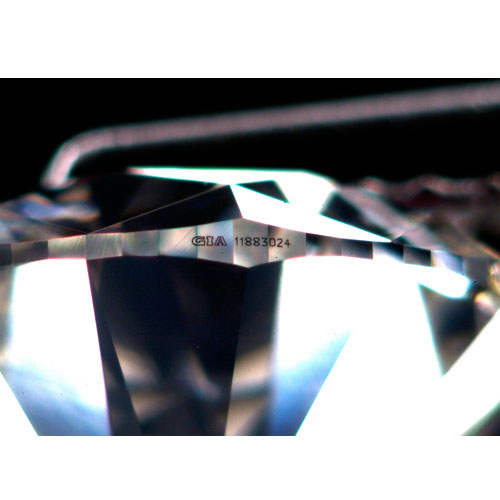
Gemstone treatments (Birthstone list from January to April)
March 10, 2016
Gemstone Treatments III (September – December)
March 10, 20165) May/Emerald – One of the Big Three” of colored stones from a value standpoint, Emerald is routinely “oiled” (for the last 300-400 years) to visually improve its clarity and deepen the color. The process has always been accepted. Obviously, “cleaner” stones from a clarity viewpoint require less of a treatment to make them appear attractive-some people will gladly vouch for the Blue-Green color of an Emerald without any enhancement. It’s commonly viewed that after 3 – 6 months the treatment is “stable” enough not to “leave a stone”, unless any Emerald is subjected to lengthy visit(s) inside an ultrasonic cleaner. Back in the 90′s, many Gem quality Emeralds were allegedly improved by applying a plastic or rosin coating to the outsides.
6) June/Three choices: Pearl, Moonstone or Alexandrite – Moonstone is white to clear in body color, with a white to blue shine or”Shiller” inside. (Think of all the “crystal ball” props that you’ve seen.) It is not a popular gem and is not normally treated. Alexandrite is probably beyond Diamonds in its relative rarity and price. It is a Gem that will exhibit a strong green or blue under daylight and/or fluorescent lighting and instantly switches to red under incandescent lighting; it is amazing to see in person. It will literally change colors faster than words can be spoken if a light source with both options is used to illuminate the stone. Genuine versions are so rare that treatment is not really done at this time. Pearls (the Japanese Pearls [Akoya], South Sea and Chinese freshwater) are normally enhanced. The first two (and I don’t know for certain about the Chinese, although it is suspected) are bleached to “homogenize” the overall look of a strand and then individually dyed to give them each a strong pinkish, secondary color. Also, some of the larger pearls have had their outer skins removed sometimes as a way to lessen the “flaws” or marks on the outermost layer.
7) July/Ruby – So much has been written lately on Rubies that I’m not sure where to begin.
Here is an example of quality:
I was doing an Appraisal clinic north of Houston, Texas in a small town called Conroe years ago. A married couple mentioned they had a couple of things for me; they were early for their appointment. I imagined that they had the standard Engagement ring/Wedding band ring(s) to be looked at. Nope. She said that her mother had grown up in Burma (Myanmar now) and instead presented some of the most exquisite Burmese Rubies and 22 karat yellow gold jewelry ever to be seen. Much of the “older” output from this country is astronomical in value, because it is literally quite rare . . . and breath-taking. However, much of what people are seeing now is from a second province (Mogok) and it has the well-deserved reputation of having glass throughout; much of the material now is over 50% glass by volume. This latest practice is unfortunate, as it has sparked much of the public outcry that the consumer is now limited to a pseudo-glass product that really no longer resembles Ruby. Years ago, much of Thailand’s Ruby crop was routinely heated to either lighten or darken the ultimate color. Initially, perhaps some small amounts of glass were mistakenly contaminating the Rubies and/or it was added minutely to insure that a stone or two could find a “full” carat weight instead of existing merely around 0.98 or 0.99 carats. Whatever happened after this thirty years ago has morphed into today’s deceptive practices. Truly, “buyer beware!”
8) August/Peridot – In school, we were taught that few Gemstones have an inclusion or flaw that is distinctive to it alone. Peridot has what’s been called a “Lily Pad’ inclusion that no other stone can claim-when you see it, you know the stone in question. That being said, there are no “known” enhancements for this stone.




